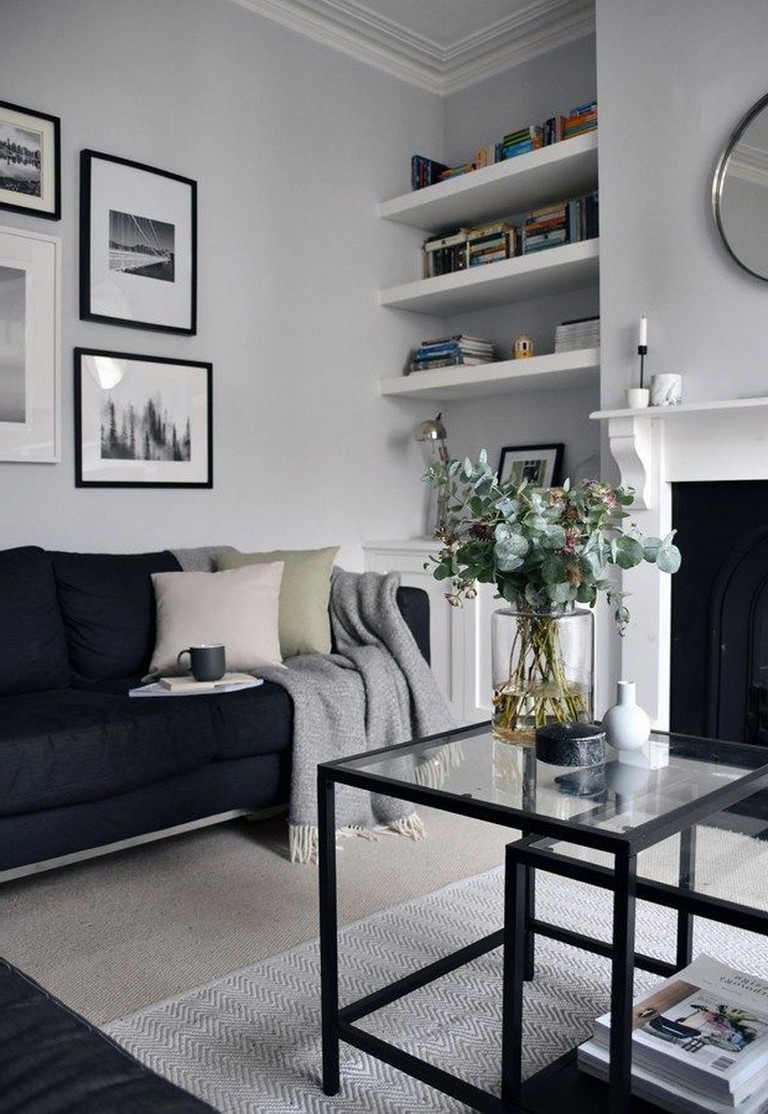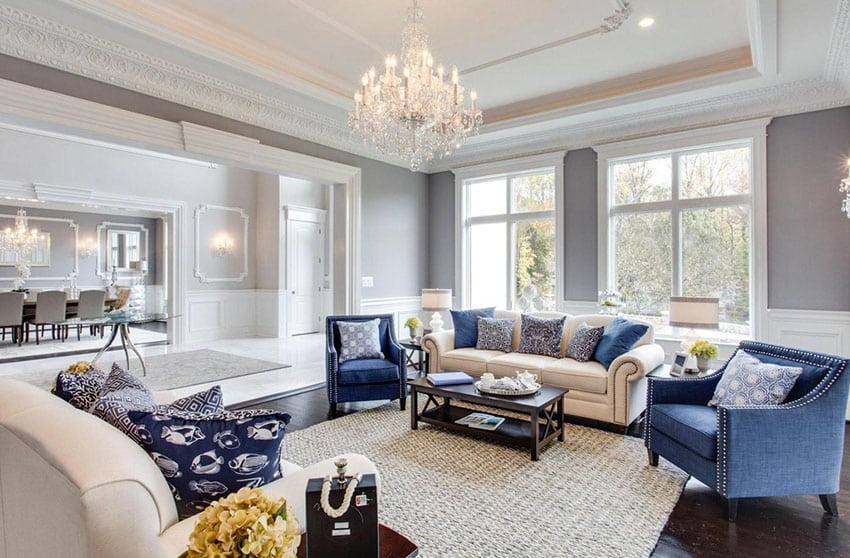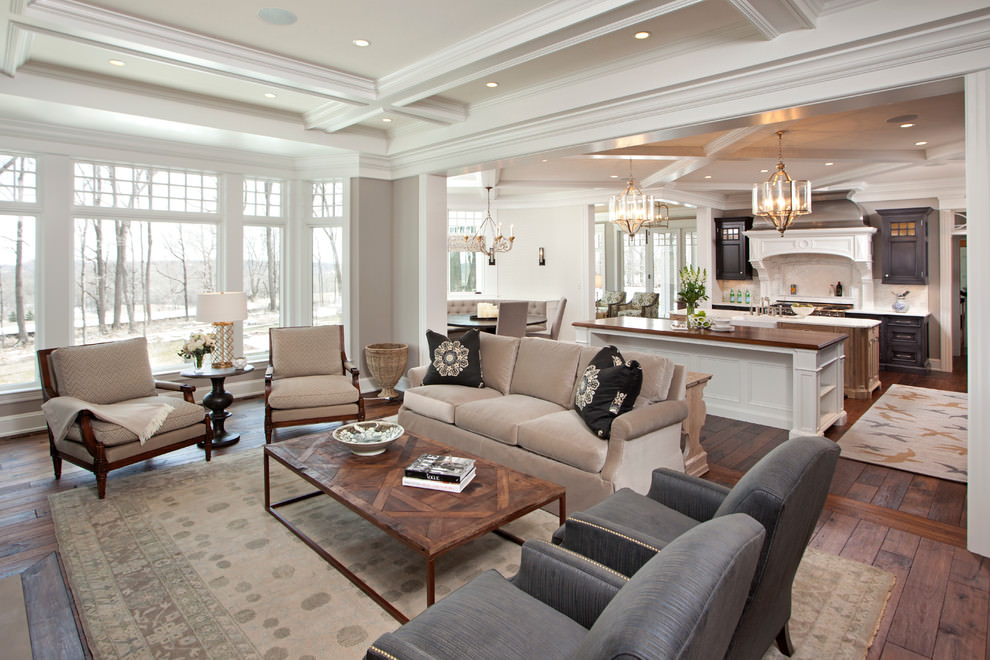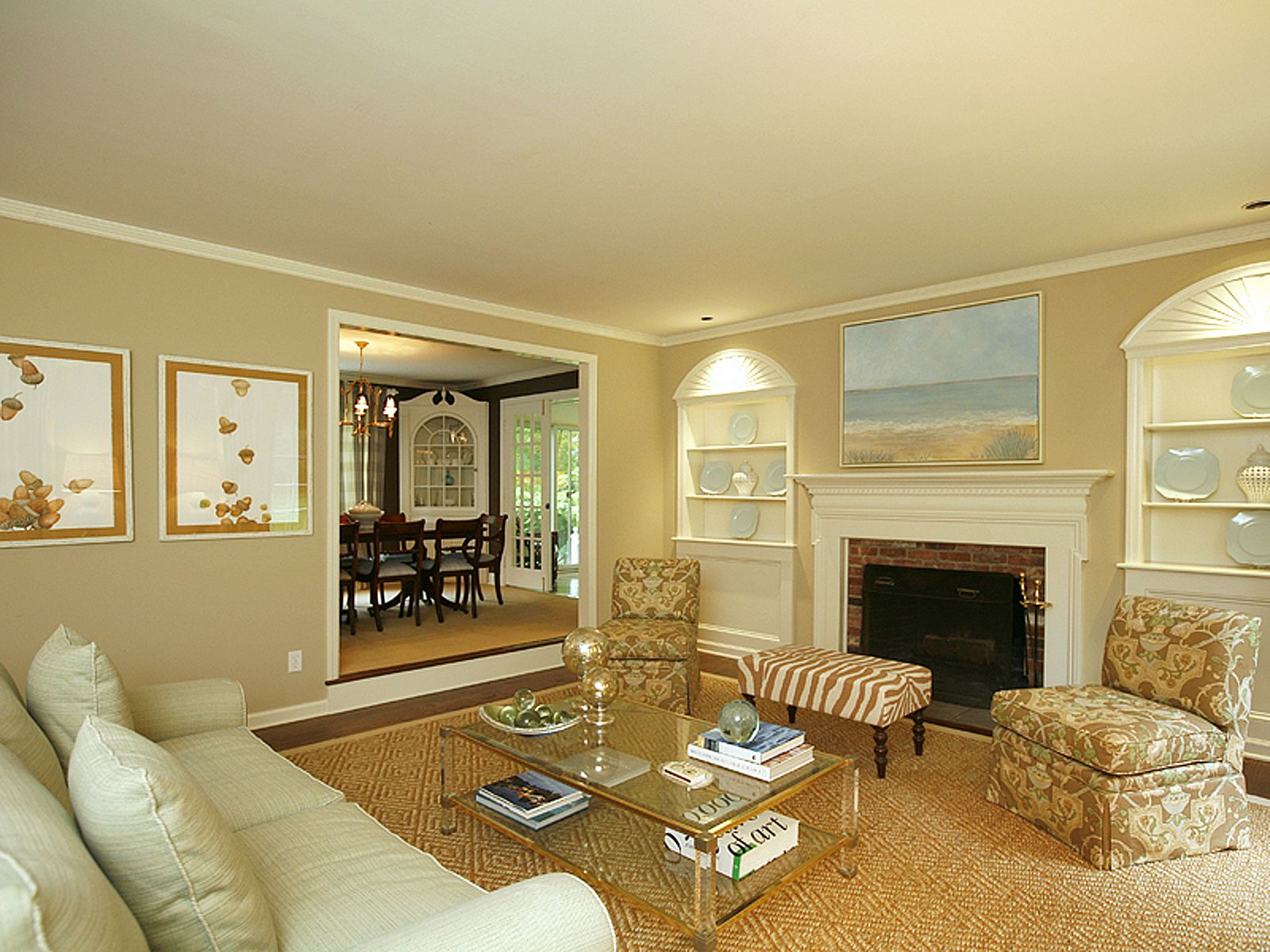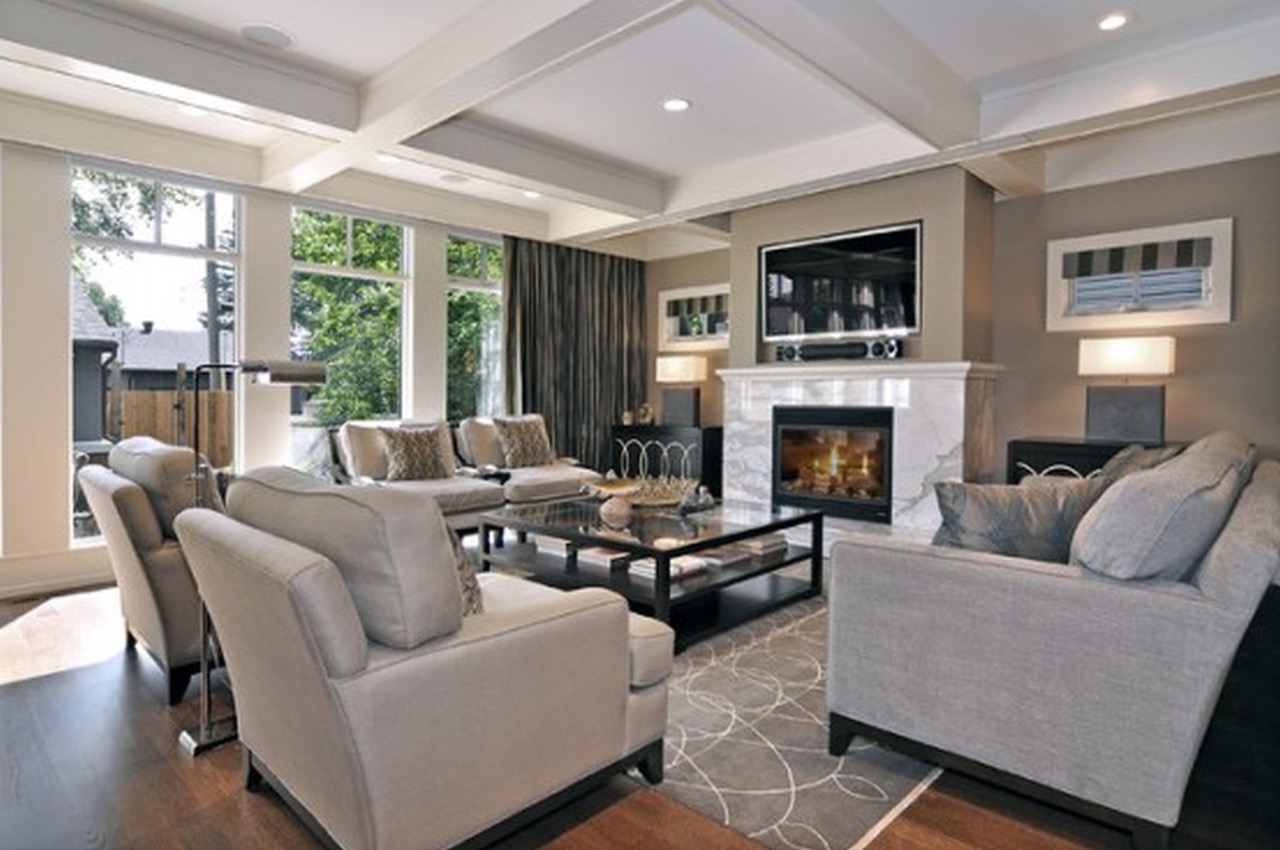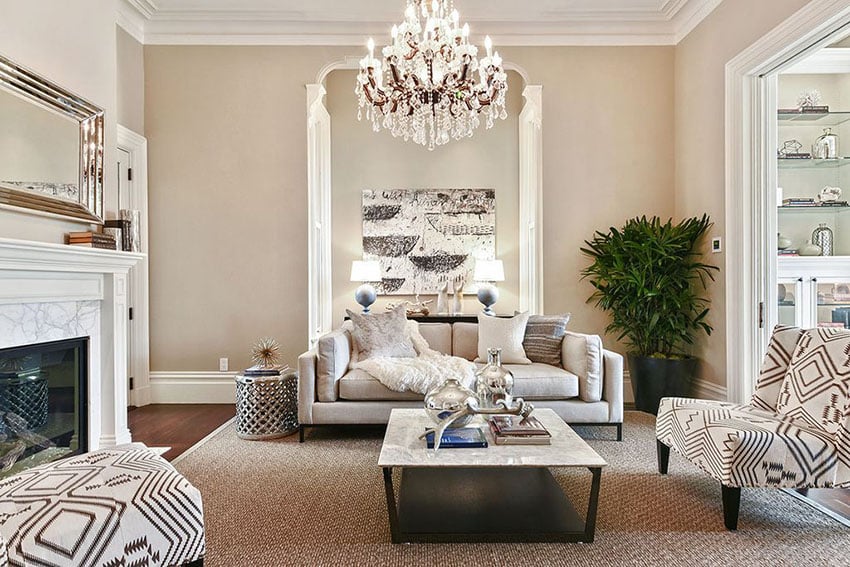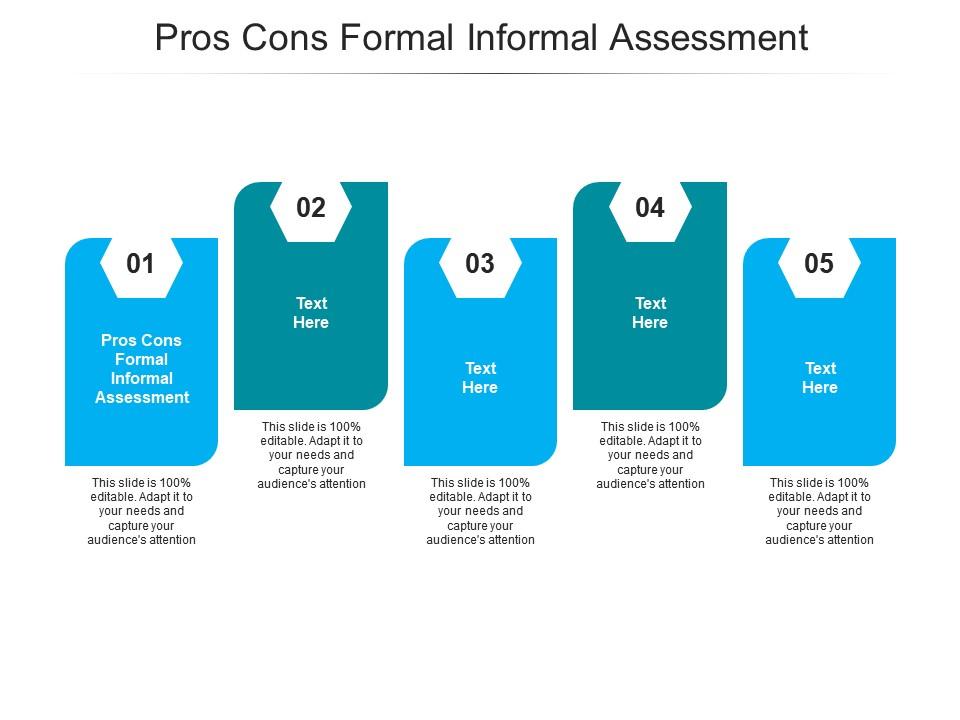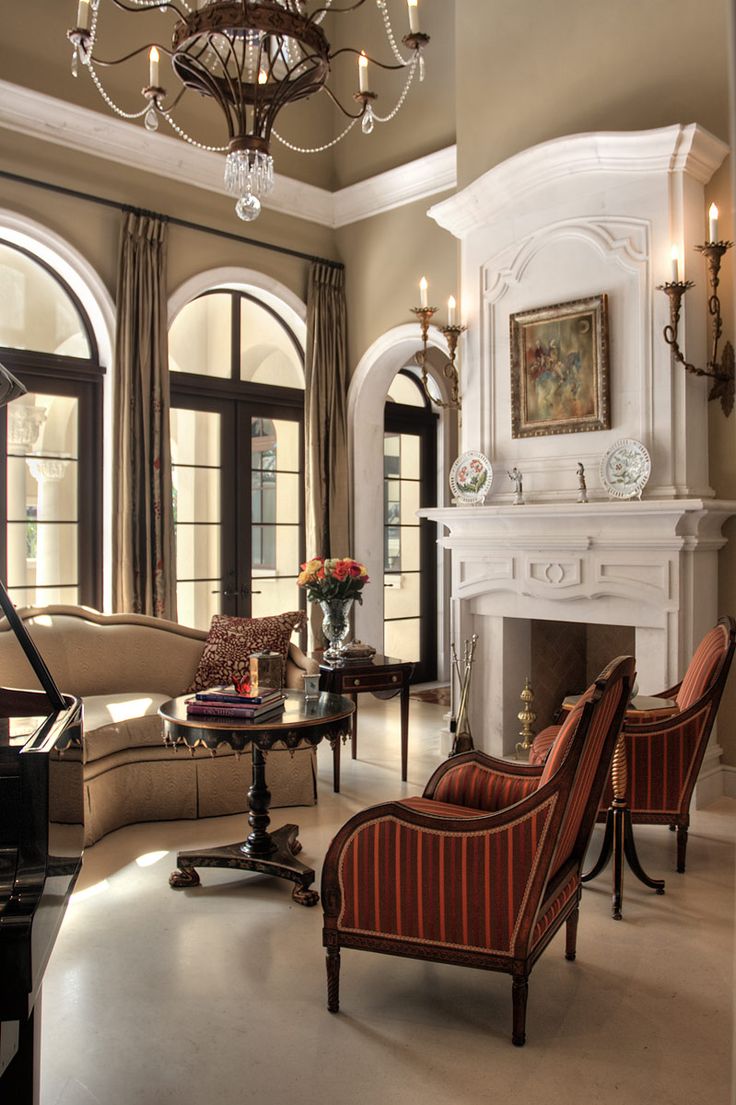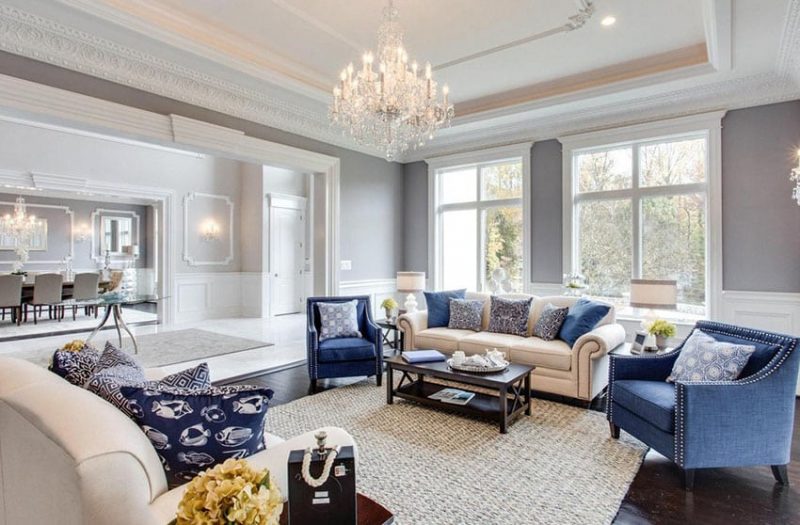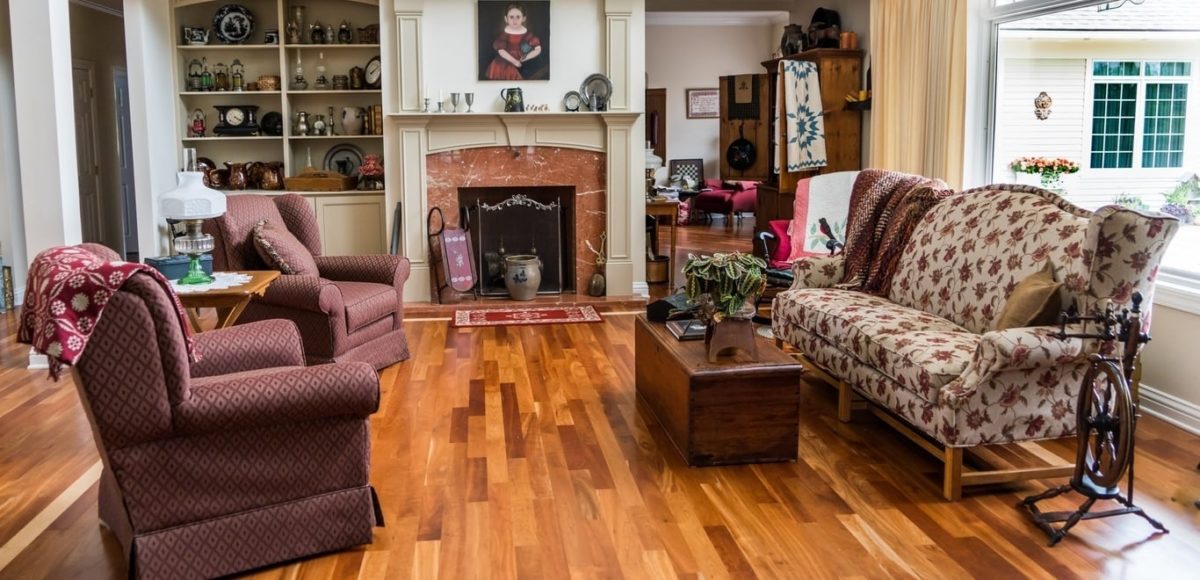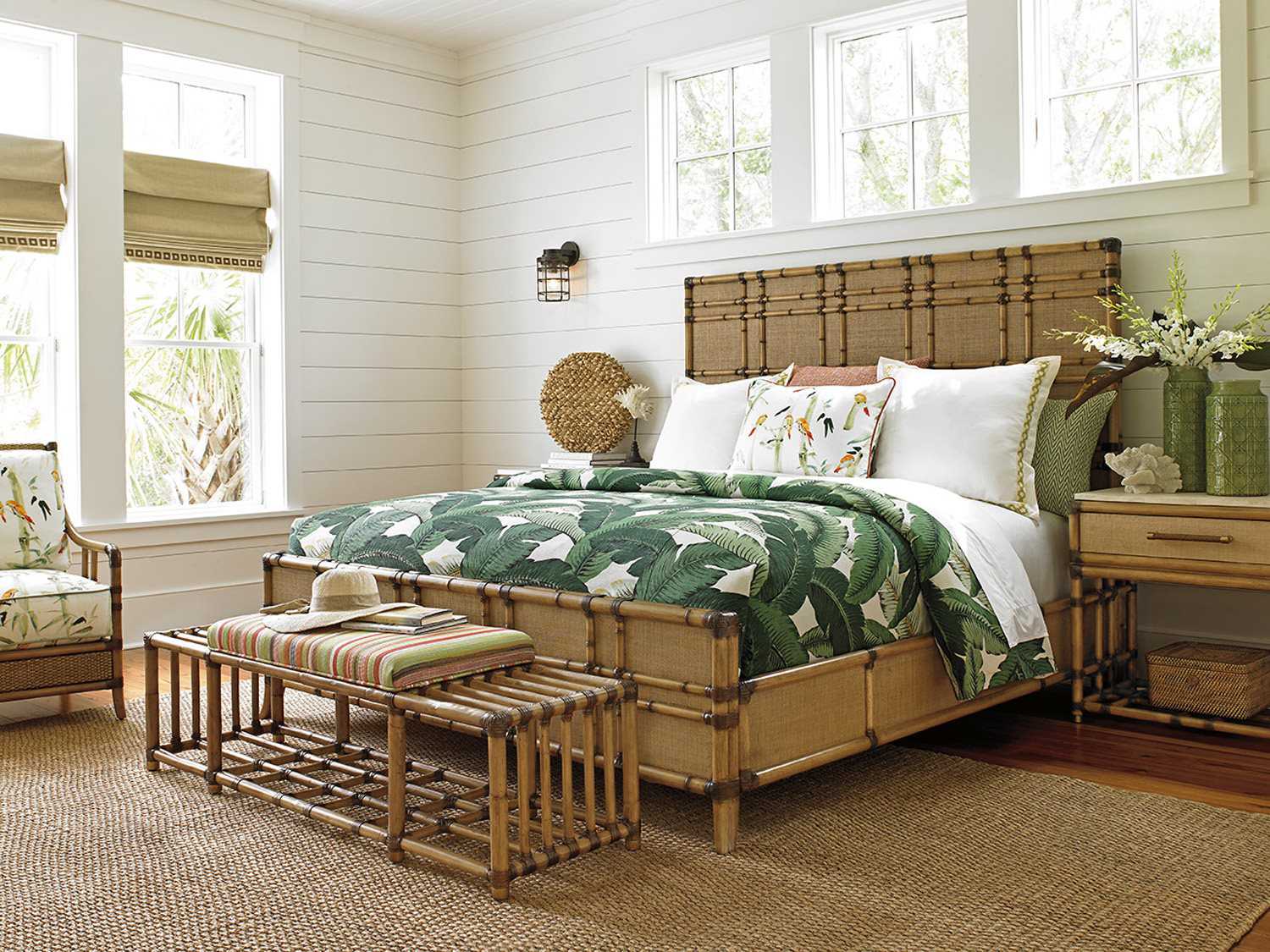When it comes to designing your living room, there are many factors to consider. One of the main decisions you'll have to make is whether to have a formal or informal living room. Both options have their own unique characteristics and serve different purposes. In this article, we'll explore the top 10 main differences between formal and informal living rooms to help you decide which one is right for your home.Formal vs Informal Living Rooms: What's the Difference?
The main difference between formal and informal living rooms is the level of formality. Formal living rooms are typically designed for special occasions and entertaining guests, while informal living rooms are more relaxed and casual. This also affects the design and decor choices for each type of living room.Key Differences Between Formal and Informal Living Rooms
Formal living rooms are usually located near the entrance of the house and are meant to make a grand first impression. They often have a more elegant and sophisticated design, with high-end furniture and decor. On the other hand, informal living rooms are usually located near the kitchen or family room and are designed for everyday use. They tend to have a more comfortable and laid-back vibe, with cozy seating and a mix of decor styles.Understanding the Distinction Between Formal and Informal Living Rooms
The answer to this question depends on your personal preferences and lifestyle. If you love hosting formal dinner parties and events, a formal living room might be the perfect fit for you. But if you prefer a more casual and relaxed atmosphere, an informal living room might be more suitable. It's also worth considering the size and layout of your home, as well as the needs of your family.Formal vs Informal Living Room: Which One is Right for You?
To create a formal living room, start by choosing a color scheme that exudes elegance and sophistication. Think rich hues like deep blues, burgundy, and gold. Next, invest in high-quality furniture pieces, such as a plush sofa, armchairs, and a coffee table with intricate details. Add in some luxurious accents like a chandelier, decorative mirrors, and artwork. Don't forget to include a formal dining area if you have the space.How to Create a Formal Living Room
For an informal living room, opt for a more casual and eclectic design. Start by choosing a neutral color scheme with pops of color for a fun and relaxed vibe. Comfortable seating is a must, so consider a cozy sectional or oversized armchair. Add in some personal touches like family photos, books, and unique decor items. A TV and entertainment center can also be incorporated for a more laid-back atmosphere.How to Create an Informal Living Room
When it comes to decorating formal and informal living rooms, there are a few key tips to keep in mind. For formal living rooms, stick to a more traditional and cohesive design, with matching furniture pieces and elegant decor. In contrast, informal living rooms allow for more creativity and mixing and matching of different styles. It's also important to consider functionality and comfort in both types of living rooms.Decorating Tips for Formal and Informal Living Rooms
Formal living rooms offer a sense of luxury and sophistication, and are great for hosting special events. However, they can also be expensive to maintain and may not be used as often. Informal living rooms, on the other hand, offer a comfortable and casual atmosphere for everyday use. However, they may not make as much of a statement and can become cluttered if not properly organized.Pros and Cons of Formal and Informal Living Rooms
If you can't decide between a formal or informal living room, why not have both? A multi-functional living room can serve as both a formal and informal space, depending on the occasion. You can achieve this by incorporating both formal and casual elements in the design, such as a mix of elegant and cozy furniture, and versatile decor.Designing a Multi-Functional Formal and Informal Living Room
If you already have a formal living room but want to make it more casual, there are a few simple changes you can make. Start by adding some comfortable seating options and incorporating more personal touches like family photos or artwork. You can also swap out formal decor items for more casual ones, like replacing a fancy chandelier with a unique pendant light.Transforming Your Living Room from Formal to Informal
Formal vs. Informal Living Rooms: Understanding the Differences

Formal Living Rooms
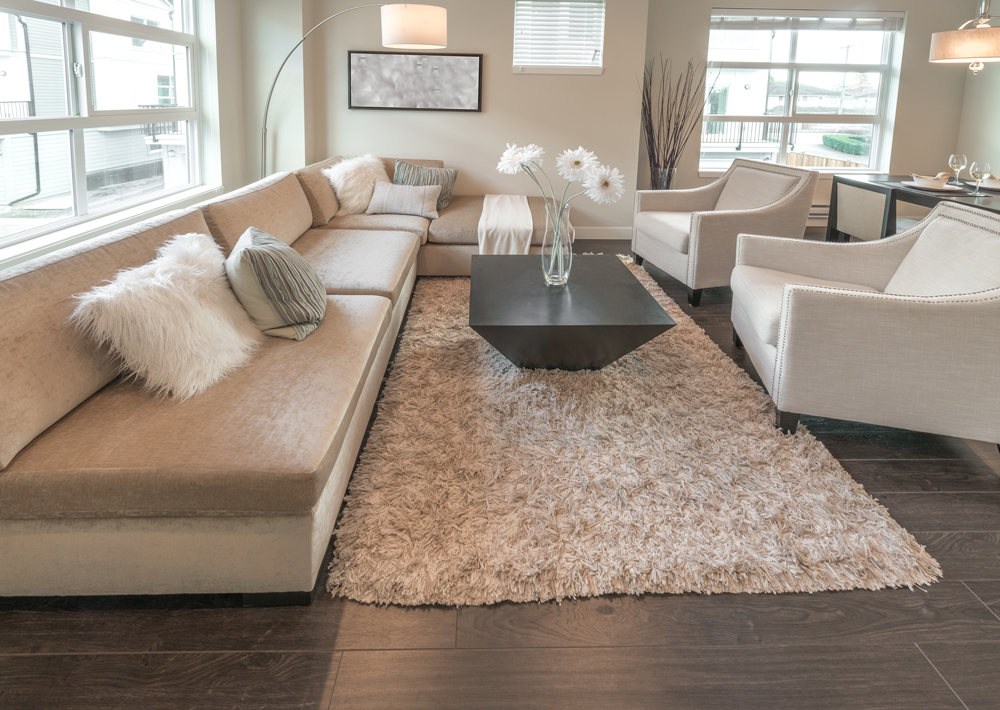 Formal living rooms are often seen as the epitome of elegance and sophistication. These rooms are typically located near the entrance of a house and are designed for hosting guests and entertaining. The furniture and decor in a formal living room are carefully chosen and arranged to create a refined and polished look.
Formal living rooms are characterized by:
Formal living rooms are often seen as the epitome of elegance and sophistication. These rooms are typically located near the entrance of a house and are designed for hosting guests and entertaining. The furniture and decor in a formal living room are carefully chosen and arranged to create a refined and polished look.
Formal living rooms are characterized by:
- Traditional and ornate furniture
- Structured and symmetrical layout
- Rich and luxurious fabrics
- Formal seating arrangements
- Neutral or muted color schemes
Informal Living Rooms
 Informal living rooms, on the other hand, are designed for comfort and relaxation. These rooms are often located in the heart of the house and serve as a gathering place for family and friends. The focus is on creating a warm and inviting atmosphere where people can kick back and unwind.
Informal living rooms are characterized by:
Informal living rooms, on the other hand, are designed for comfort and relaxation. These rooms are often located in the heart of the house and serve as a gathering place for family and friends. The focus is on creating a warm and inviting atmosphere where people can kick back and unwind.
Informal living rooms are characterized by:
- Comfortable and cozy furniture
- Open and fluid layout
- Soft and inviting textures
- Informal and flexible seating arrangements
- Bright and bold color schemes
The Main Differences
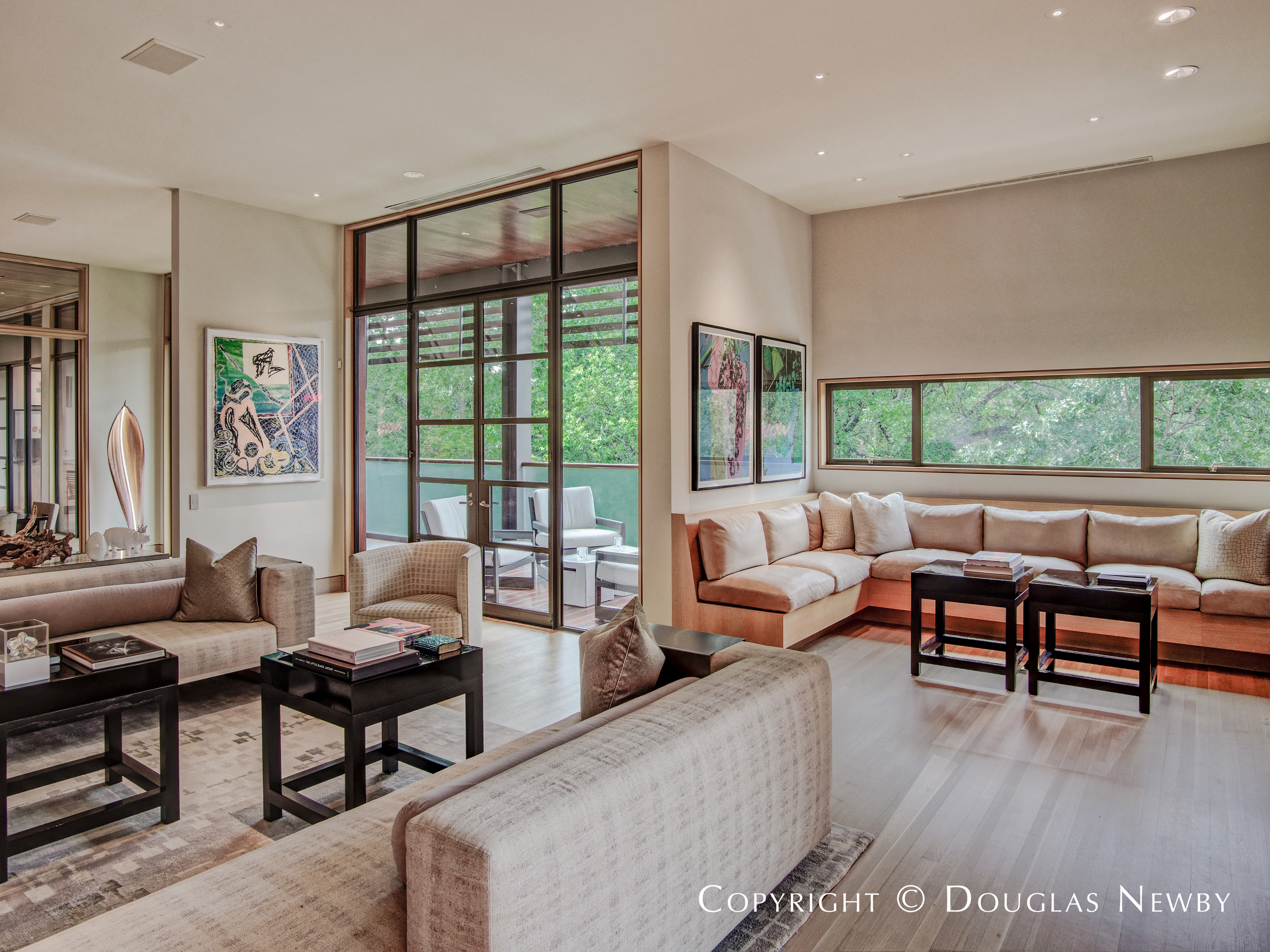 The main difference between formal and informal living rooms lies in their purpose and overall design. Formal living rooms are designed for entertaining and making a statement, while informal living rooms are designed for comfort and relaxation. The furniture, layout, and overall atmosphere of each room reflect these differences.
In terms of design, formal living rooms tend to have a more traditional and structured look, while informal living rooms have a more contemporary and relaxed feel. The color schemes also differ, with formal living rooms often featuring neutral or muted tones, while informal living rooms embrace bold and bright colors.
In conclusion, understanding the differences between formal and informal living rooms can help you create a space that best fits your needs and lifestyle. Whether you prefer a formal and elegant space or a casual and cozy one, both types of living rooms offer their own unique charm and style.
The main difference between formal and informal living rooms lies in their purpose and overall design. Formal living rooms are designed for entertaining and making a statement, while informal living rooms are designed for comfort and relaxation. The furniture, layout, and overall atmosphere of each room reflect these differences.
In terms of design, formal living rooms tend to have a more traditional and structured look, while informal living rooms have a more contemporary and relaxed feel. The color schemes also differ, with formal living rooms often featuring neutral or muted tones, while informal living rooms embrace bold and bright colors.
In conclusion, understanding the differences between formal and informal living rooms can help you create a space that best fits your needs and lifestyle. Whether you prefer a formal and elegant space or a casual and cozy one, both types of living rooms offer their own unique charm and style.


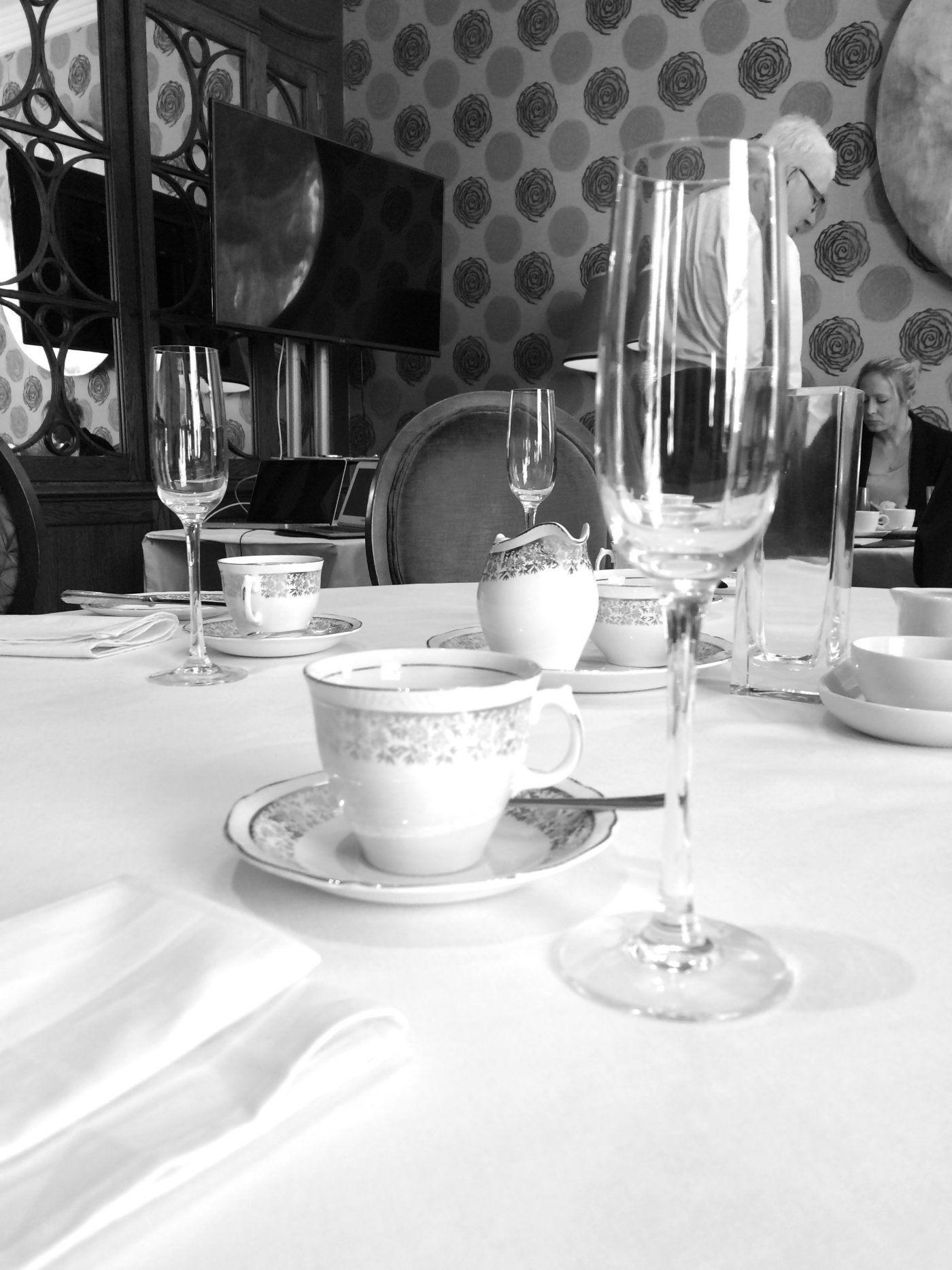


:strip_icc()/DesignbyEmilyHendersonDesignPhotographerbyRyanLiebe_21-01b55e98eaa246a1b10472ef3f30c2f7.jpg)
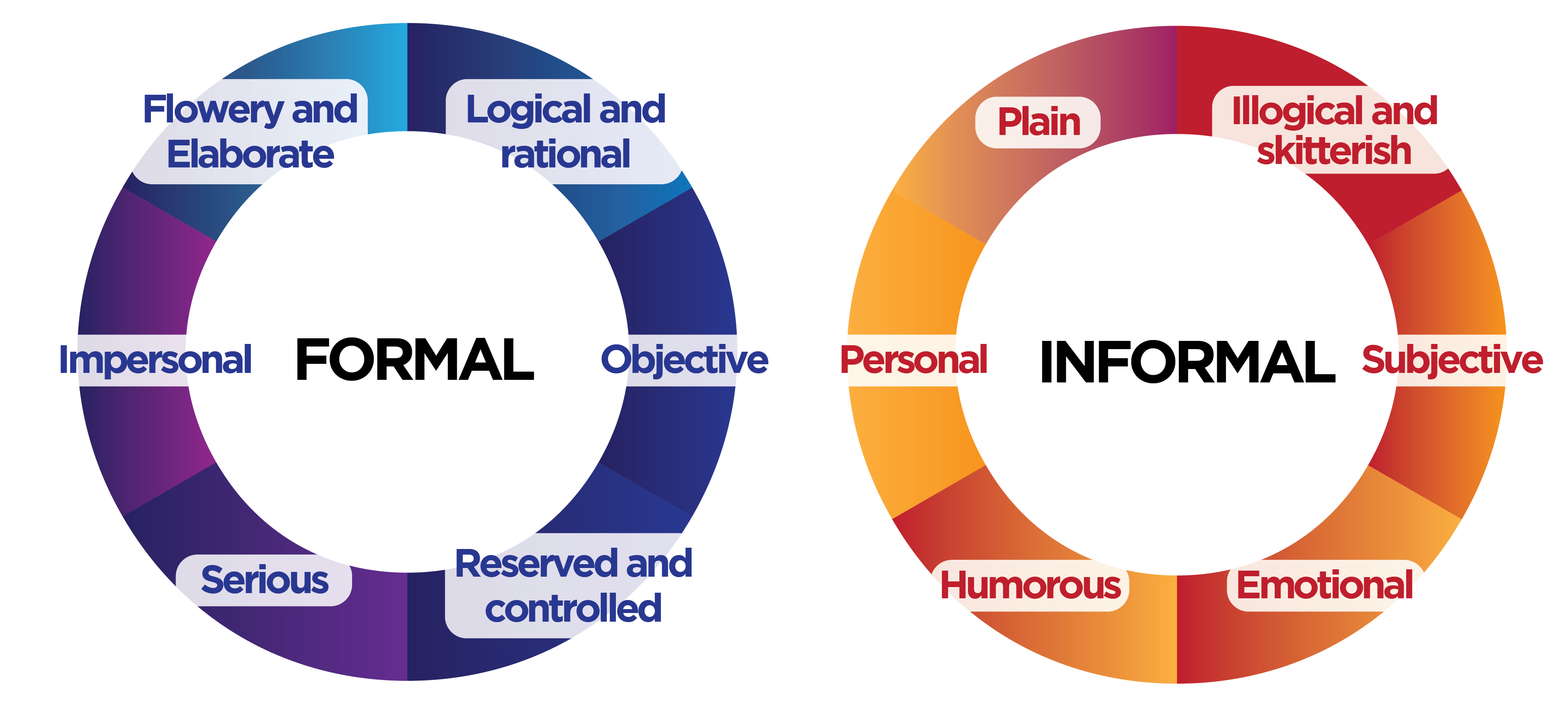
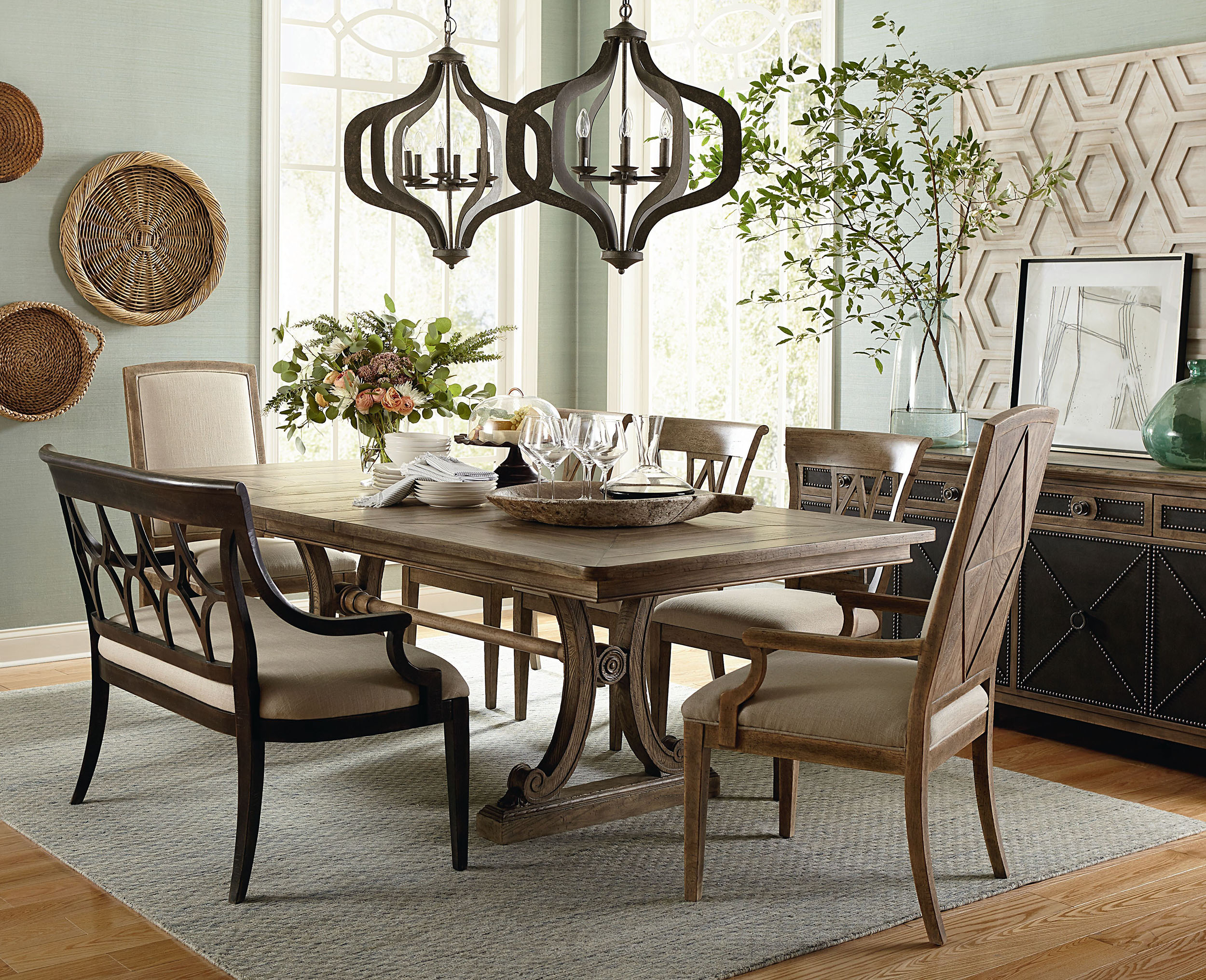


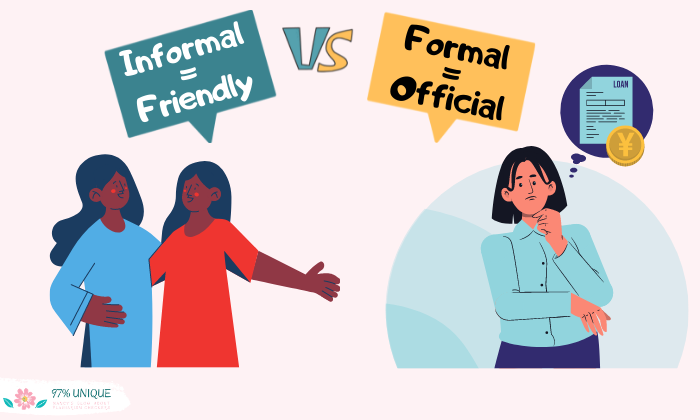










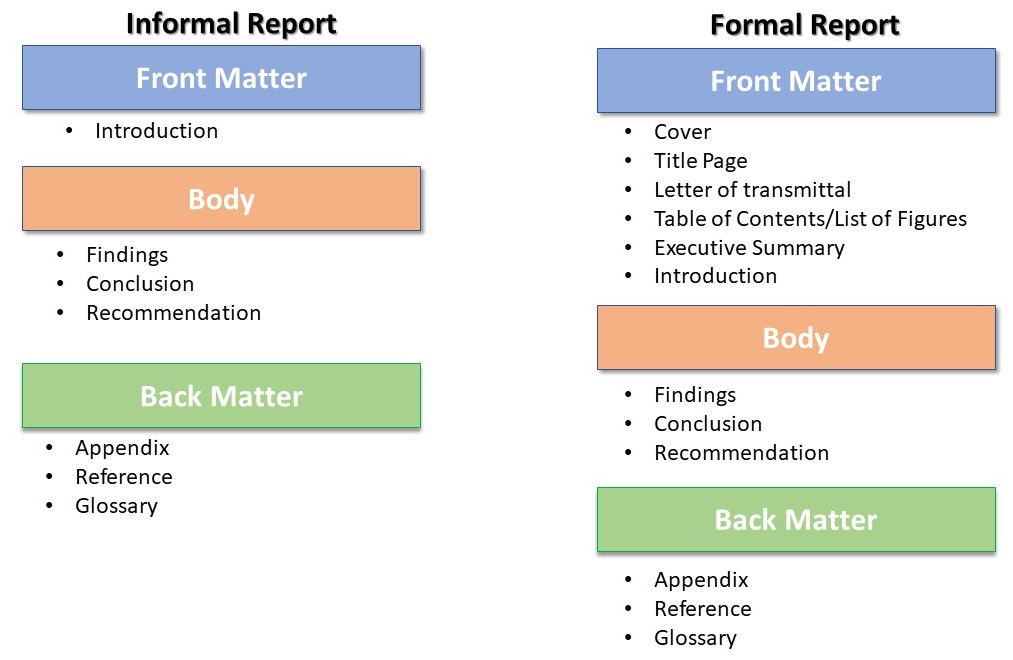










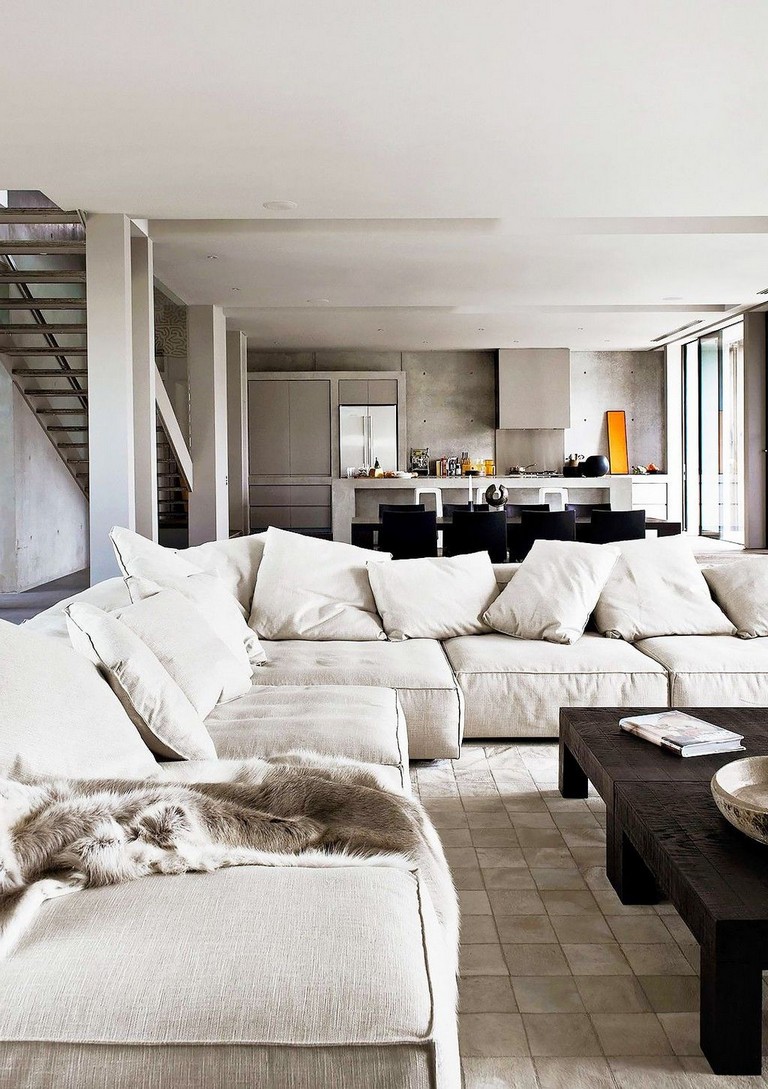





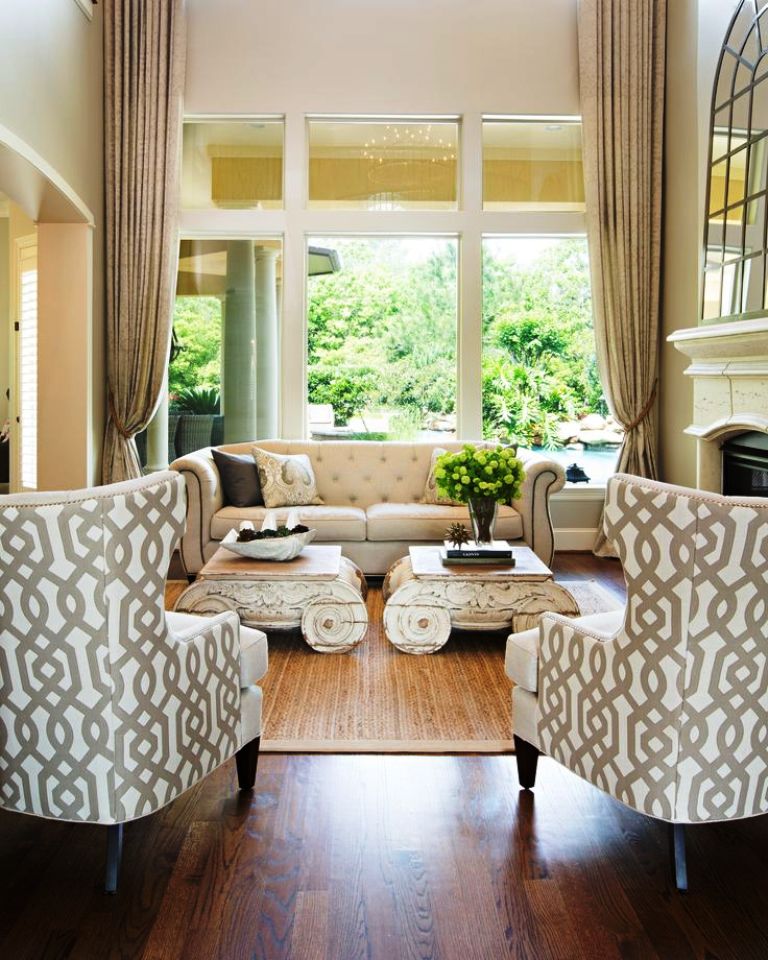




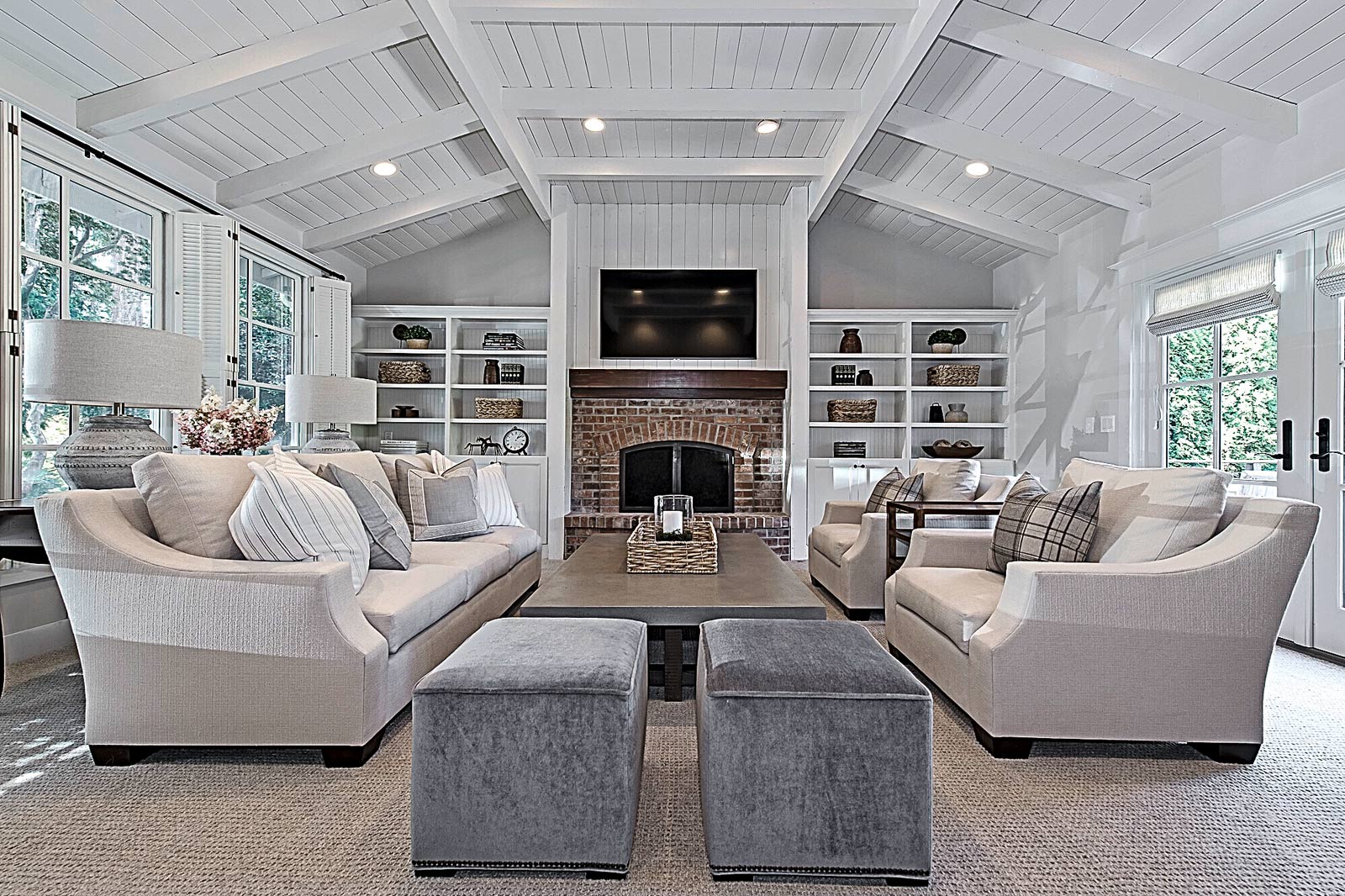




/DesignbyEmilyHendersonDesignPhotographerbyRyanLiebe_21-01b55e98eaa246a1b10472ef3f30c2f7.jpg)
